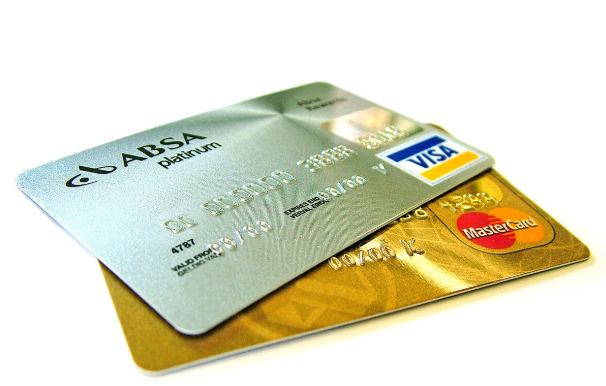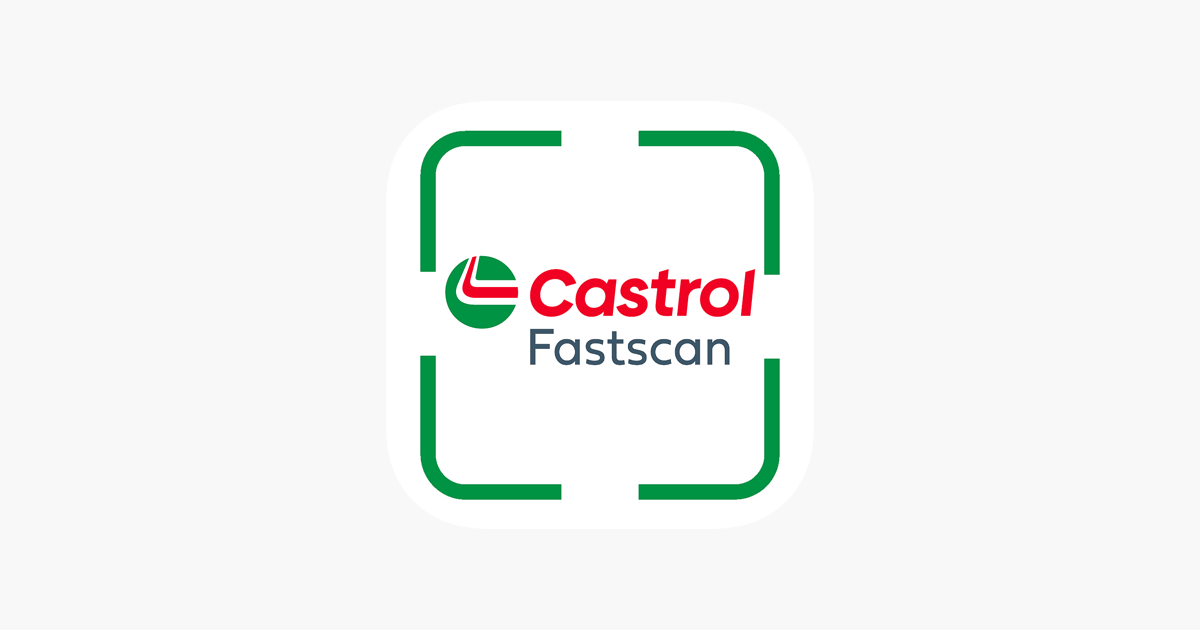Table of Contents
What Makes a Great Cashback or Reward Credit Card
Before we look at specific cards, let’s get on the same page about what really matters. When evaluating these cards, consider:
- Cashback / Rewards rate: What % you get back, and on what categories (online shopping, groceries, fuel etc.).
- Caps & Limits: Many high-reward categories have monthly/quarterly caps.
- Annual / Joining Fee: Some cards are free, others charge but offer perks or waivers.
- Redemption options: Statement credit, wallet balance, vouchers, points, etc.
- Perks & Extras: Lounge access, fuel surcharge waivers, milestone bonuses etc.
- Eligibility & fees waiver conditions: Some cards waive fees if you spend a certain amount per year.
Top Cashback & Rewards Credit Cards in India in 2025
Here are some of the best cards to consider, with what makes them stand out, based on current offers (as of mid-2025). Always double-check the latest terms before applying.
| Credit Card | Best For / Standout Features | Key Cashback or Rewards Rates | Annual / Joining Fee & Waiver Conditions |
|---|---|---|---|
| SBI Cashback Credit Card | Those who shop mostly online. | 5% cashback on all online spends, 1% on offline. The Economic Times+2Mani Karthik+2 | ~₹999. Waiver or fee reversal possible on spending thresholds. Mani Karthik+2Smart India Money+2 |
| HDFC Millennia Credit Card | Frequent online shoppers of Amazon, Flipkart, Myntra etc. | 5% on partner e-commerce, food delivery etc; 1% elsewhere. Smart India Money+2The Economic Times+2 | ~₹1,000, often waived with spending criteria. Smart India Money+2wealthyman.in+2 |
| Axis Bank ACE Credit Card | Good for bills, everyday apps & food delivery. | 5% on bill payments via Google Pay, 4% on Swiggy/Zomato/Ola; 2% on other spends. Credit Karo+3polyeyes.com+3Smart India Money+3 | ~₹499. Usually waived if you spend ~₹2 lakh/year. Smart India Money+1 |
| Amazon Pay ICICI Credit Card | Amazon users, Prime members. | 5% cashback for Prime on Amazon; 3% for non-Prime; 1% elsewhere. The Economic Times+2Graploan+2 | Zero or very low fee. Lifetime free in many variants. Smart India Money+1 |
| Flipkart Axis Bank Credit Card | Flipkart / Myntra frequent spenders. | 5% on Flipkart / Myntra; 4% on partner merchants; ~1.5% on others. The Economic Times+2Graploan+2 | ~₹500. Fee often waived or benefits to offset it. Smart India Money+1 |
| HSBC Cashback Credit Card | For foodies, dining, groceries. | ~10% on dining / food delivery & groceries (capped), ~1-1.5% on other retail spends. Graploan+1 | Around ₹999; may have waiver on milestone spending. Credit Karo |
| RuPay / Co-branded / UPI-Friendly Cards (like Axis Bank super.money RuPay, IndusInd Platinum RuPay etc.) | Good for UPI transactions, everyday digitised spends. | E.g. ~3% cashback on “Scan & Pay” via certain apps; ~1% on other spends. Axis Bank+1 | Usually low fee or waived easily. mint+1 |
How These Cards Compare & Which Fits You Best
Depending on your spending habits, some cards will give way more value than others:
- If you shop heavily online (Amazon, Flipkart, Myntra etc.):
→ Amazon Pay ICICI, HDFC Millennia, Flipkart Axis are excellent. - If you mostly pay bills / recharge / utilities:
→ Axis Bank ACE (with Google Pay integration) offers strong cashback. - If you order food / dine out often:
→ HSBC Cashback, or cards with high rewards on food & delivery categories. - If you want low maintenance (low/no fee, simple structure):
→ Cards like Amazon Pay ICICI (free), some RuPay co-branded cards are good choices. - If you spend a lot across categories and want perks:
→ Higher fee cards may work if you can leverage lounges, milestone bonuses etc.
Recent Changes / What to Watch Out for
- SBI Card updates: From October 1, 2025, Reliance SBI cardholders get higher reward points on purchases from Ajio & JioMart. The Economic Times
- Flipkart-SBI Credit Card (co-branded) offers up to 7.5% cashback on certain platforms (Myntra, Uber, PVR etc.). The Economic Times
- Be aware of changing rules — some spends/categories may lose rewards (e.g. gaming, government spends etc.). The Economic Times
Tips to Maximize Rewards / Cashback
- Use the card most aligned with your largest spending category (e.g. Amazon card for Amazon; Flipkart card for Flipkart).
- Keep track of caps & exclusion clauses — 5% might sound great but if it’s capped at ₹500/month, once you cross that, benefit drops.
- Combine cards: Use one card for food/delivery, another for groceries, another for portals you frequent.
- Ensure you meet spend criteria to waive annual fees.
- Pay your bills on time—cashback/rewards don’t make up for late payment interest.
Things to Be Careful About
- Hidden fees / charges (joining, renewal, late payment).
- Cashback → sometimes just points; sometimes credited to statement; sometimes in-app wallet. Value differs.
- Expiry of reward points or capped validity.
- Merchant exclusions.
- Forex / conversion fees if you spend abroad.
Sample Scenario & What Might Be Best
Here are two example profiles and what card(s) serve them well:
| Profile | Typical Monthly Spend Patterns | Card Recommendation |
|---|---|---|
| Young professional, mostly online shopping + food delivery | ₹10-12k online, ₹5-6k food/delivery, small offline retail | HDFC Millennia + Axis ACE (for bills) |
| Family house, groceries + fuel + utilities + streaming | ₹8-10k groceries, fuel ₹4-5k, utilities ₹2-3k, online shopping ₹5k | HSBC Cashback + a RuPay card + perhaps Amazon Pay ICICI if Amazon used often |
Final Thoughts
There’s no one-size-fits-all “best” card. The best credit card for you is the one that matches where you spend the most. If you pick a card that rewards you heavily in categories you don’t spend in, you won’t benefit much. Use the cards smartly, keep track of offers, and ensure fees are worth the perks.
FAQs
- Do I need more than one cashback/rewards card?
Often yes — one card for groceries, another for online shopping etc. But don’t overdo it; managing many cards can complicate your finance. - Is having a higher annual fee card ever worth it?
Yes, if you will use the extra perks (lounges, insurance, rewards categories) enough to offset the fee. Otherwise, it might not be worth. - Can cashback or reward rates change?
Definitely. Banks can revise categories, caps, or rates. Always check the latest card T&Cs before applying or relying on offers. - How long do reward points or cashback last?
It varies. Some expire in a year; others may expire within months. Reward points may degrade in value if redemption is unfavorable. - What are co-branded cards and why choose them?
Co-branded cards are partnerships (e.g., Flipkart, Amazon, Tata Neu etc.). They often give very high rewards on their partner’s platforms or services, which is great if you use them a lot. But outside that ecosystem, rewards might drop.





Leave a Reply